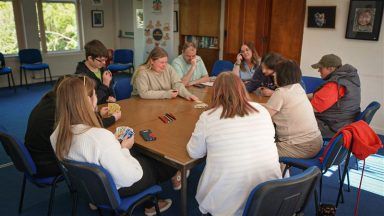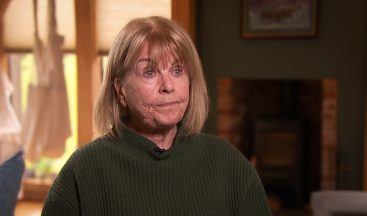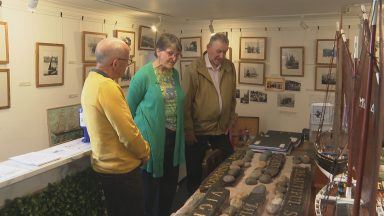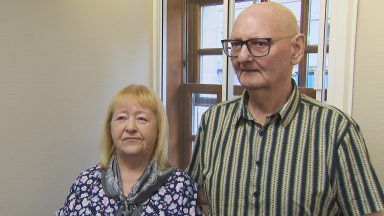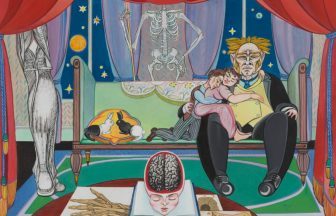DNA matching that of a murder accused was found on the inside of a knot on the dressing gown cord used to strangle a mum-of-11, a forensic scientist told a court.
Joanne Cochrane was giving evidence in the trial of Graham McGill, who denies assaulting 58-year-old Mary McLaughlin with intent to rape and murdering her on September 26 or 27, 1984 at her flat in Crathie Court, Glasgow.
The High Court in Glasgow heard that DNA attributed to 59-year-old McGill was also found on Ms McLaughlin’s dress, on a cigarette butt and a black bra found outside her home.
The High Court in Glasgow heard that Ms McLaughlin was found dead on her bed with the cord wrapped tightly round her neck on October 2, 1984.
The last reported sightings of her were on the evening of September 26, 1984.
Over the years a number of forensic investigations were undertaken to try to find DNA other than Ms McLaughlin’s from items found at the scene.
Mrs Cochrane said that the ligature had been examined previously, but there was one knot in the cord which had never been opened.
She told prosecutor Alex Prentice QC: “We felt there was a possibility of receiving DNA from within the knot. We did it very slowly and took photographs at all stages. It was very difficult to unfasten.”
The court heard that previous examinations of the cord had only found Ms McLaughlin’s DNA and a trace DNA that was then not possible to analyse.
Mrs Cochrane said that the latest analysis carried out by her and a colleague found a mixed DNA profile with a major profile attributed to Ms McLaughlin and a minor one to McGill.
She told jurors that the likelihood of the DNA being belonging to someone other than McGill was 85,000 to one.
The chance of DNA on the cigarette butt and the dress not being from McGill was one billion to one and for the bra it was 320 to one.
The court heard that the cord had been tightly wrapped round Ms McLaughlin’s neck three times and pathologists said the cause of death was ligature strangulation.
Defence counsel Sarah Livingstone said: “One explanation of your finding is that Graham McGill could have tied the knot.”
Mrs Cochrane replied: “Yes.”
Ms Livingstone then said: “What you are not saying is that Graham McGill tied the knot.”
The forensic scientist replied: “No, we are considering it as one explanation.”
Mrs Cochrane also admitted when challenged by Ms Livingstone that it was impossible to say when DNA was deposited on an item.
McGill’s former wife later told the court that he’d admitted killing a woman.
Suzanne Russell, 55, from Glasgow, told the prosecutor: “He said he was round the pub for a drink and he said a woman wouldn’t leave him alone and kept pestering him.
“He decided to go back to her flat with her. He said he murdered her.
“He said he strangled her and said he just wanted to know what it felt like to kill someone.
“He said he used her tights and said he was shocked how long it took to actually murder her.”
The High Court in Glasgow heard that McGill and Ms Russell were in a relationship from 1985 and married in 1993.
Ms Russell claimed that the conversation took place in 1988 and McGill was not worried about the police.
She said: “He said he wasn’t worried about it as she had no one and was more like a prostitute.”
Ms Russell was asked her reaction to this, and responded: “I didn’t believe him. He threatened me and said if I ever told anyone he would kill me and if I ever reported it or tried to leave him that’s what would happen.”
Under cross-examination by the defence counsel, Ms Livingstone asked: “The confession didn’t happen did it?”
Ms Russell responded: “I didn’t know if it happened but he said it did.”
Ms Livingston asked: “You didn’t believe he murdered anyone?”
Ms Russell replied: “I didn’t believe him, I was only told and I wasn’t allowed to report.”
McGill denies all the charges against him.
The trial before judge Lord Burns continues.
Follow STV News on WhatsApp
Scan the QR code on your mobile device for all the latest news from around the country









